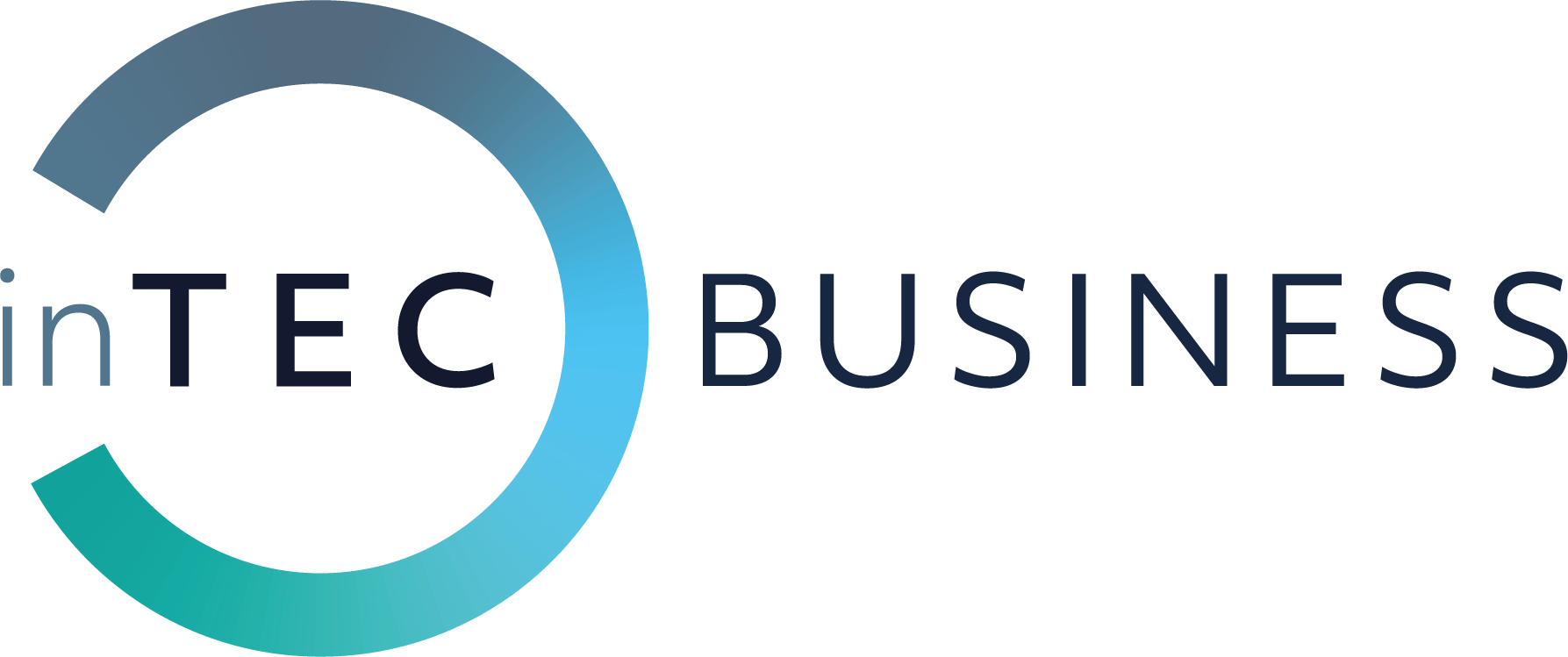Earlier this week, we held our webinar: “The New Normal” – looking after your people. Watch it back here.
During and after the webinar we received some really interesting questions from attendees. Here are 10 of those questions and our answers – we hope you find them useful.
1. I am worried about my leadership team as they aren’t very experienced but are not admitting they are struggling – any tips?
At this time more than ever people look to leadership, but for less experienced leaders they may feel isolated. Create networks so leaders can work together and be honest about how they feel; the challenges they face. Think about the below challenges and do your leaders really have the experience and knowledge to do their job?
- We need to trust people to get on with work and trust people to manage, supporting leaders to not over/under manage – your poor performers are still likely to be poor performers – how can you manage this/support them/exit them?
- Do leaders have training on how to manage people from home long term? Leaders need support more than ever to achieve consistency – have you given them training?
- Who is supporting the senior leaders/HR? Do they have an outlet for support/feedback too? There are loads of webinars out there with people sharing best practices, now is a great time to join up, learn from other businesses and network.
2. Training has dropped off our radar with everything else going on especially for new people, I know we need to sort it out but feel people don’t have time.
- Training and knowledge sharing can’t stop, or people will leave. Move it to online, set times, buddies for new starters or less experienced people, create a robust remote induction. Get real feedback about what people want and need, remember people like to feel challenged.
- It can be overwhelming starting a new job and trying to take in all the information thrown at you. Keep this in mind with your new starters and set smaller milestones for them to reach to make sure you’re happy with their progress and they feel less overwhelmed. The initial targets and goals for the first 30 days should be agreed as soon as possible, but make sure to check in on how they’re finding the tasks regularly and whether you need to re-think some of them.
- Praise and feedback – implement monthly 121s, help people set priorities and support your team with regular and consistent feedback.
3. A lot of people are saying they are “worn out” or “fed up” but aren’t using the term mental health – am I ok to raise it?
Yes, as a leader absolutely raise it, don’t feel you have to have the solutions – it’s unlikely you are an expert, and you aren’t expected to be just listen and have the correct information for them to get expert help.
- Acknowledge how you feel changes every week, and be open with employees about this so they can be open too, seek facts from recognised sources (MIND, BBC, NHS) limit or block negative social media sources.
- Share information about different ways of supporting mental health – remote mindfulness and yoga sessions may not be to everyone’s taste, allow time for what suits individuals.
- Recognition and reward systems are fun but can help people feel valued and recognised and will provide people with confidence boosts. Send packages, cards and treats in the post small things make a difference at this time.
- An “Extra Love” list for the most vulnerable in your organisation (there may be people impacted by domestic violence/unsettled home life/poverty/break ups) keep an eye on these people so they don’t become further isolated or lonely – reach out.
- Make sure people know how to access benefits packages and remind people of services available, people may try to cancel holidays but it’s important to take leave and break from work.
- Sunlight and fresh air are proven to increase endorphins and make you feel happy. For those who can walks, rides or runs outside can be the highlight of the day.
- Support your employees with how to structure their day, encourage a routine with defined breaks, in another room if possible.
- Lots of organisations have set up Strava or Fitbit competitions to maintain team building and a sense of competition while keeping fit you may be alone, but it doesn’t feel like it.
- Keep up good routines if you drank a lot of water or ate a lot of fruit in the office try to keep it up at home, it’s easy to pick up bad habits.
- Try and keep encourage a regular sleep routine, sleep can be impacted during change so acknowledge this and help your team take steps to stick to a routine.
4. People on my team have been furloughed on and off for a year now, I’m a bit worried they won’t fit in anymore – any suggestions on how to get them back in smoothly?
- Be clear and transparent, explain and don’t make false promises, keep up to date with HMRC information, empathy and thoughtfulness is required more than ever, identifying ambassadors to keep in touch and support them can help. It may not be as simple of people picking up where they left of, so reintegration needs to be thought through.
- If you have an Employee Assistance Programme (EAP), employees have access to this. Most EAPs provide counselling services and advice on family and financial problems.
- Create dedicated channels for furlough communications so people can keep in touch easily (What’s App, Slack or Microsoft Teams easily allow this).
- Tailor your internal communications, making sure you have people’s personal email, target content towards furloughed employees and send weekly updates including videos so people feel part of things, without intrusion.
- Don’t forget about people on maternity, paternity or long-term sick, at this time they may feel more out of the loop than ever and will need advance communication if they were set to return during the next few weeks.
- People may have more time to think about their future, they may not want to return, or when they can come back, they may want to talk about changes and progression plans as things may have changed. If people have to be permanently laid off, create support packs for them so help navigate changes in the economy include interview advice, CV help and benefits guidelines, so hard decisions are dealt with integrity and care.
5. I feel bad celebrating the positives, but our business is doing well, is it ok to use that in messaging?
Yes, acknowledge the positives and the changes you’ve seen in the past 12 months, we will have had time to breathe, will have learnt lessons in communication, reduced fears around home working, perhaps moving to more outcome focused ways of measuring performance, allowing people more family or down time. Our leadership teams are better equipped for empathy with deeper connection and understanding of who their employees are, identifying inner winners, people who have bloomed and groups of employees now functioning as tight knit teams, stronger than ever.
As Covid – 19 is forcing the whole world to reboot, billions of us “try switching it off and then back on again” as businesses we have been gifted this usual opportunity for change, a challenge that risen to can mean our employees emerge from lockdown more engaged than ever.
6. What makes a good home working environment?
From a Technology perspective we would highlight connectivity and equipment as being the two highest priorities (on the assumption that the key business applications and systems are remotely accessible or cloud based). Traditional home broadband is usually oversubscribed and can often lead to performance issues particularly with video calls and handling large files.
Routers are often locked down by the provider this making it more challenging to configure for applications such as a hosted voice or to implement the corporate security standards needed.
In terms of equipment, we would recommend laptop users to be provided with an additional monitor, full sized keyboard and mouse.
A docking station would also be useful for certain setups. This will ensure more comfort and less eye strain for long periods of working from home locations.
The tech equipment needs to be complimented with suitable furniture and a regular exercise routine. A good quality office chair and desk are very important to help posture and comfort and a well lit area will help reduce strain on the eyes. There is also a lot of research that promotes the use of adjustable height desks as a way of getting some different positions and exercise into the working day.
Finally, where possible, the workstation should be set up in a separate area or room in the house. This will reduce the impact on other occupants of the house as well as give a clear demarcation between your working day and personal time.
7. Any hints and tips to help with people engagement for remote workers?
Regular two-way communication is key. 121s, daily team meetings, online social events, team competitions are all good ways to keep people feeling engaged. And sometimes the simple act of picking up the phone to say ‘hello’ and ask how someone is could really make their day.
8. Are there any hidden challenges with remote working?
Whilst being able to fill the day with online meetings looks like a productivity benefit on the surface, the reality is that it comes at a potential cost. Not having a break from the screen is mentally draining and can cause headaches, tiredness and eye strain.
Furthermore, filling the day with meetings leaves no time to follow up with actions or outputs from the meeting thus rendering the time spent in the meeting less valuable – especially if the same actions have to be discussed again at a further meeting.
9. What tools/software do you recommend for remote working and collaboration? Zoom v Teams v others.
We have a created a useful guide to all the main solutions here. We are very big fans of Teams for the simple reason that, within one solution, it contains video conferencing, document collaboration, webinar functionality, integration with wider Microsoft applications and non-Microsoft applications plus many other really useful features.
10. What are you using for this webinar?
We are using Teams Live Event. For more information on setting one up, please contact us on 0345 565 1767 or email us. The exciting news is that there are even more features planned in the next release!
If you have any other questions about anything raised in the webinar, don’t hesitate to get in touch!


